Key Highlights
- Understand the key differences between Continuous Integration, Continuous Delivery, and Continuous Deployment.
- See how automation speeds up and improves software releases.
- Learn how Apwide Golive helps manage CI/CD processes in Jira.
Today, we’re focusing on an important process for teams aiming to achieve both efficiency and reliability: understanding the differences between Continuous Integration, Continuous Delivery, and Continuous Deployment.
Each represents a significant step in automating the progression from code creation to production, so let’s start with concepts for a strong foundation!
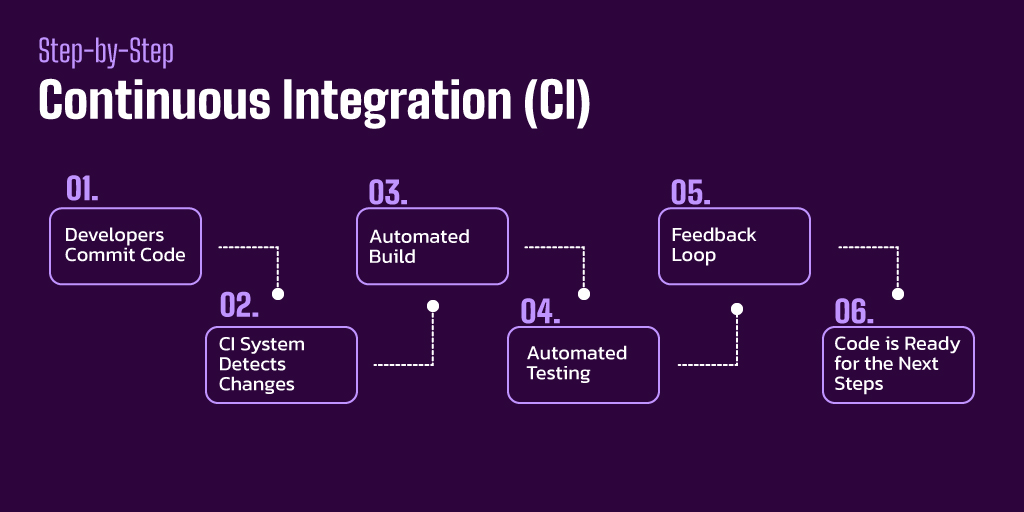
Continuous Integration: Building a Strong Foundation
At its core, Continuous integration (CI) is the practice of regularly merging code changes into a shared repository. With each merge, automated tests verify the new code’s compatibility, ensuring the build remains stable.
Why is this important? Think of CI as the foundation. Without stable code, moving forward becomes a struggle. CI prevents the dreaded "integration hell" by catching issues early. Developers can focus on progress rather than debugging complex conflicts. However, once the code is integrated and stable, how do you prepare it for deployment?
This leads us to Continuous Delivery.
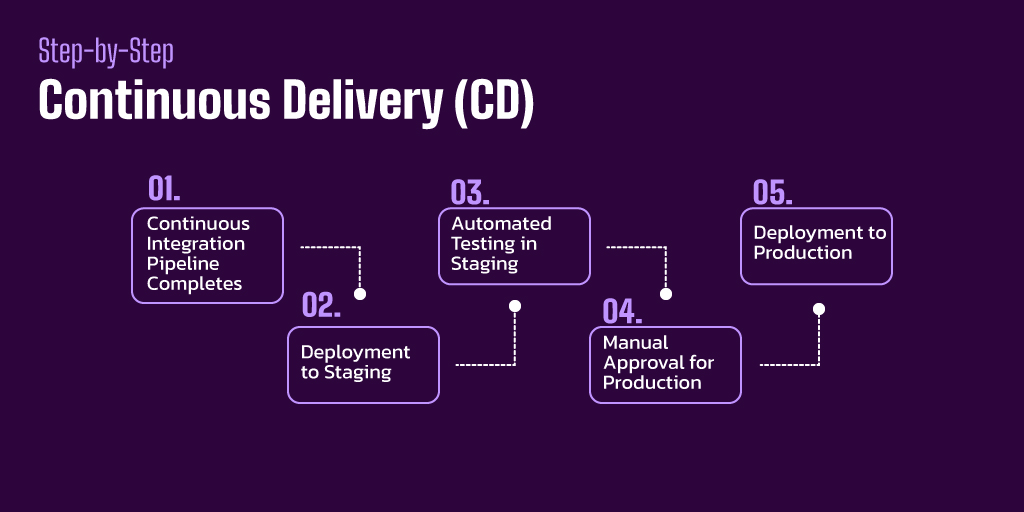
What is Continuous Delivery?
Once CI has validated the code, with Continuous Delivery (CD) the goal is simple: ensure the software is always ready for release. After CI confirms the build’s stability, CD automates the process of preparing the software for deployment, including packaging and staging.
Here’s how CD builds on CI:
- The integrated code undergoes further automated testing.
- It’s packaged into a deployable format and moved into staging environments.
- Teams decide when to release based on readiness.
The difference between Continuous Integration and Continuous Delivery lies in their focus—CI ensures stable builds, while CD ensures the code can be reliably released.
But what if you want to skip manual approvals entirely? That’s where Continuous Deployment comes into play.
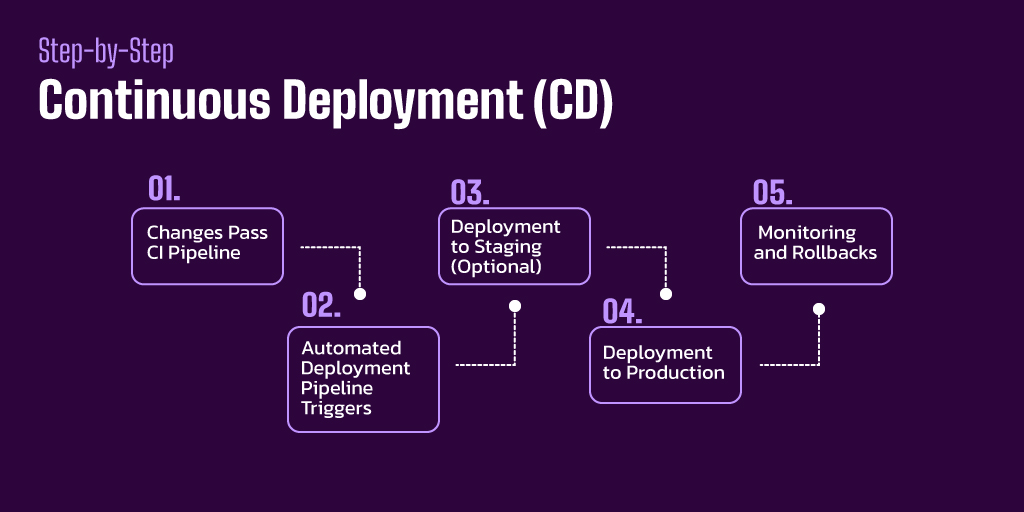
Continuous Deployment: Automation Without Limits
Continuous deployment (CD) takes automation to its peak. Every validated code change is automatically pushed into production, removing the need for manual intervention. This approach is ideal for teams seeking rapid updates and frequent releases while maintaining quality.
Here’s a clear comparison:
- Continuous Delivery: The team manually decides when to deploy.
- Continuous Deployment: Approved changes are deployed automatically.
While efficient, continuous deployment demands rigorous automated testing to maintain quality. Understanding the difference between Continuous Delivery and Continuous Deployment is key to define the best approach for your team's objectives.
Next, let’s compare all three processes.
For more insights on maintaining quality and stability in a Continuous Deployment workflow, explore our article on Managing Test Environments and how it supports seamless automated deployments.
Comparing CI, CD, and CD: Key Differences
Understanding the difference between Continuous Integration, Continuous Delivery, and Continuous Deployment helps teams select the right approach for their release process. Here’s a simple breakdown:
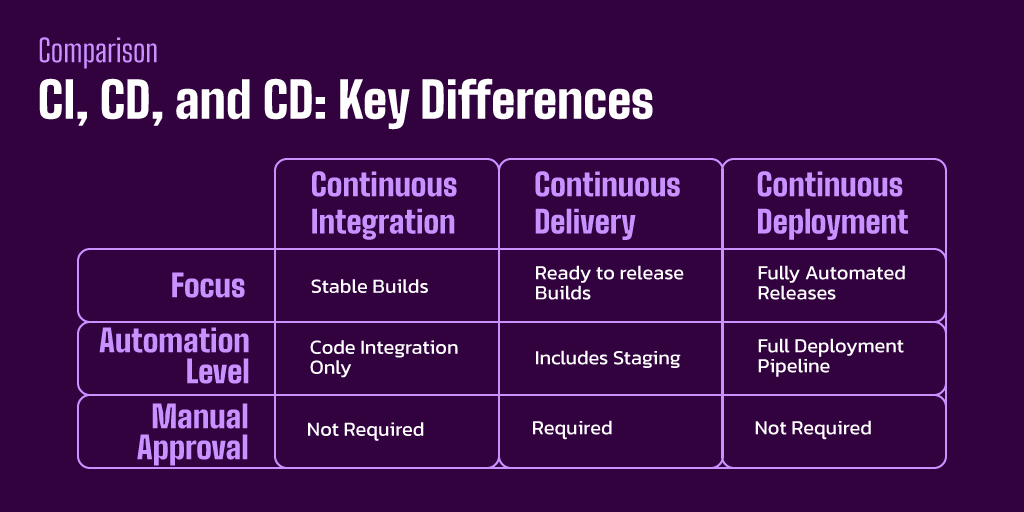
- Continuous Integration is about integration
- Continuous Delivery ensures readiness
- Continuous Deployment automates deployment
These processes are complementary, forming a pipeline that supports efficient, high-quality releases.
But how can less technical people get the right visibility in Jira?
Managing CI/CD Pipelines with Jira and Apwide Golive
Managing CI/CD pipelines within Jira can be complex for test and release managers, especially for large projects. The Golive App for Jira can track, schedule, and orchestrate environments and deployments.
Tracking: Golive centralizes environment information, allowing teams to monitor configurations and statuses directly within Jira. This real-time visibility ensures that all stakeholders are informed about the current state of environments, reducing the risk of working with outdated setups.
Scheduling: With Golive's Environment Activity Timeline, you can plan and manage release milestones, deployments, tests, and other activities involving environments. This scheduling capability helps prevent resource conflicts and optimizes the utilization of shared environments, enhancing overall efficiency.
Orchestration: Golive integrates with various tools in your DevOps stack, consolidating data and control within Jira. This orchestration simplifies workflows, reduces manual efforts, and empowers teams to manage environments more effectively without the need for multiple tools or extensive coordination meetings.
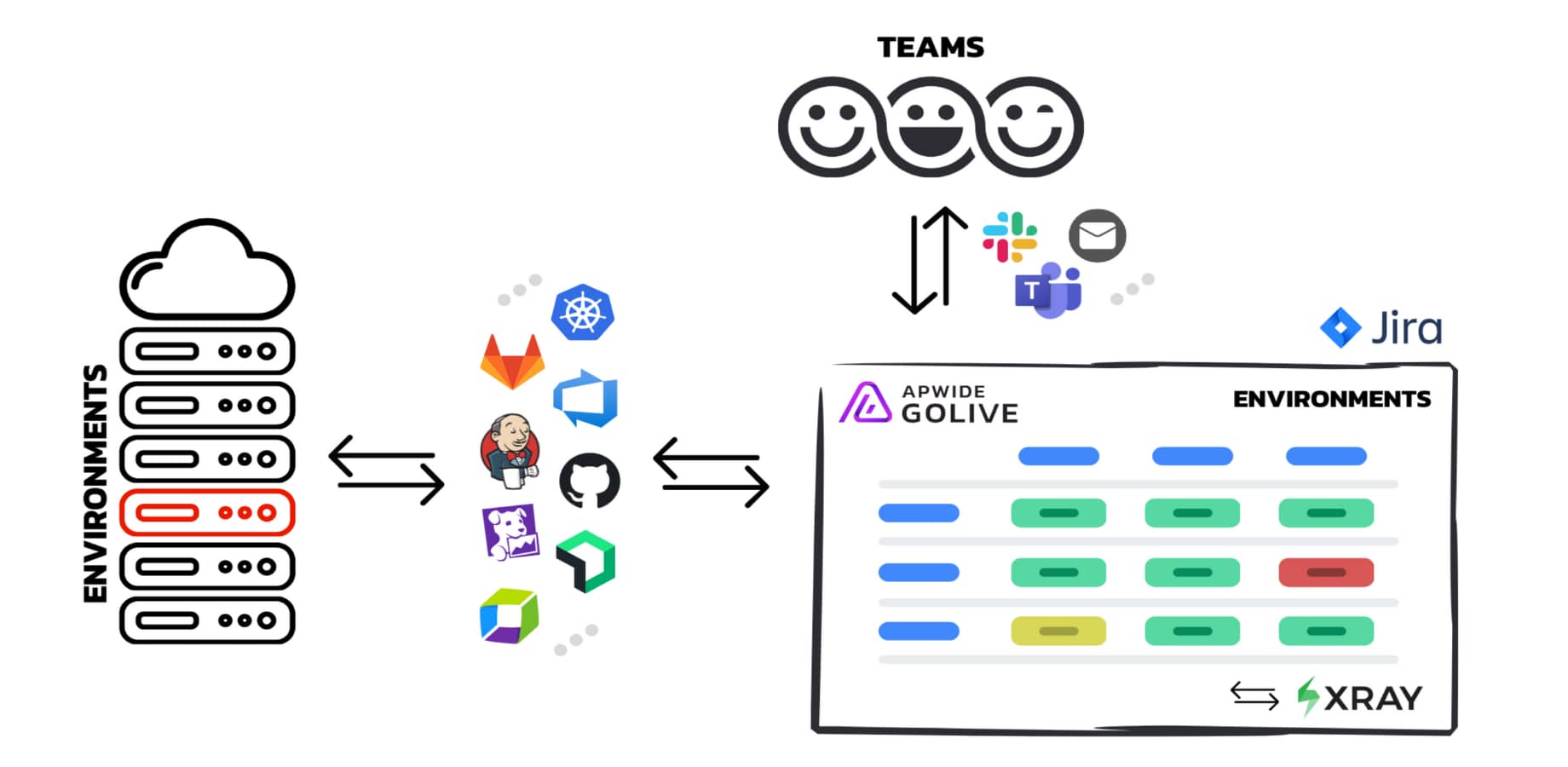
Using Jira and the Golive App, test and release managers are always in control of their CI/CD pipelines, ensuring that environment and deployment management remains organized and efficient.
If you’re a release manager looking to improve your processes, our Release Management: Essential Guide provides valuable insights into managing and coordinating releases effectively.
Conclusion: Choosing the Right Approach
When it comes to CI/CD pipelines, understanding the differences enables teams to select the approach that best aligns with their needs.
Here’s a quick recap:
- Continuous Integration (CI): Focused on stable code merges with automated testing.
- Continuous Delivery (CD): Ensures the code is always ready for manual deployment.
- Continuous Deployment (CD): Fully automates releases for rapid updates.
Tools like Apwide Golive simplify the process of managing CI pipelines and complex deployments, offering clarity and consistency for all Jira users.
Transform your Test Environment Management with Apwide Golive:
Leading companies have already Golive as part of their DevOps toolchain:





Free trial / Free forever up to 10 Jira Cloud users!
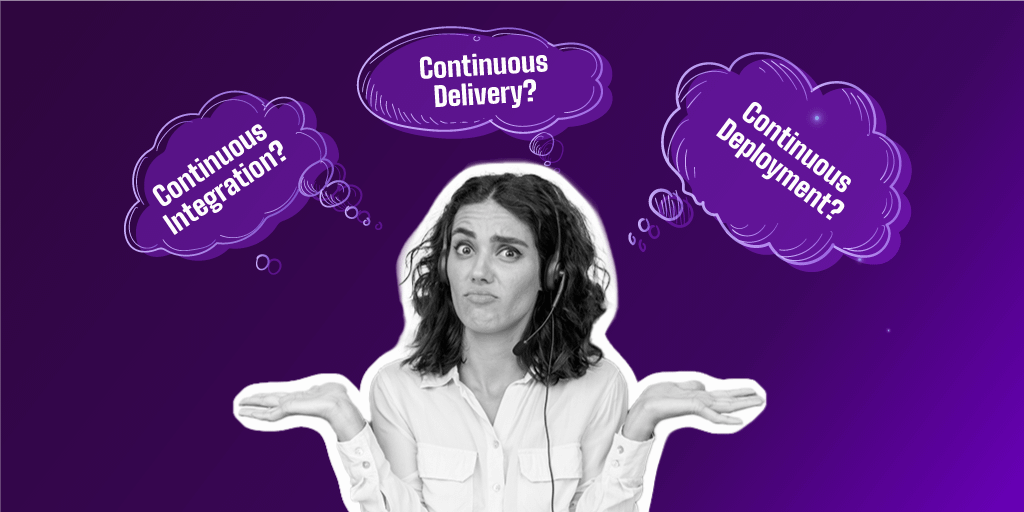





Your writing style is engaging; I couldn’t pause reading once I began.